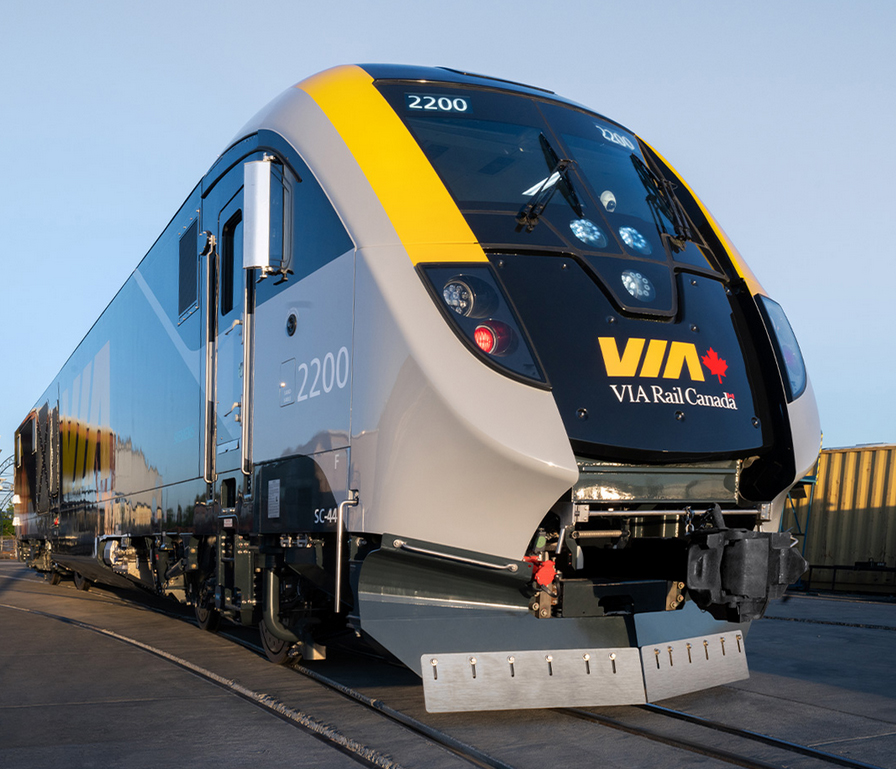TRONto
Active Member
Metrolinx seems to be moving faster under the current government so it wouldn't surprise me if the electrification tender is around the corner.Metrolinx is 5 years into GO Electrification and not yet awarded the tender which is expected to be around 10 years to construct. It also took 3 years got an Ontario Northland railway business plan (not even an EA).
I'm not sure Ontario could finish a project like that any faster; too many distractions with higher political value.
I think that the province should build the HSR to a final length of Windsor - Kingston/Ottawa and pay VIA to run it. This model is used in the US with Amtrak and would make VIA much more useful in Ontario. Thoughts?






